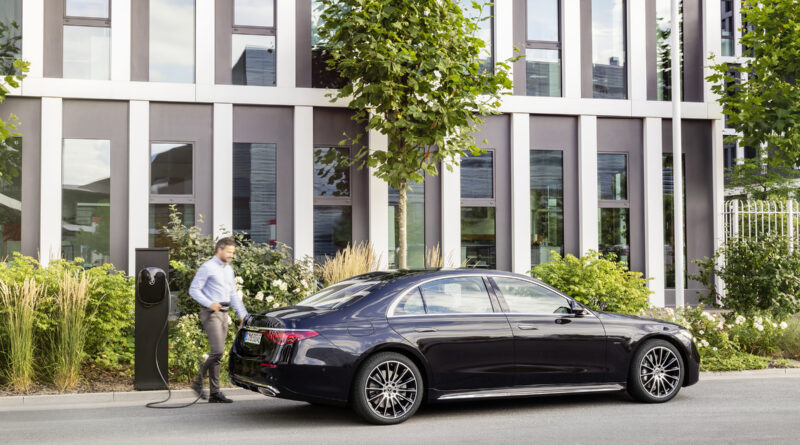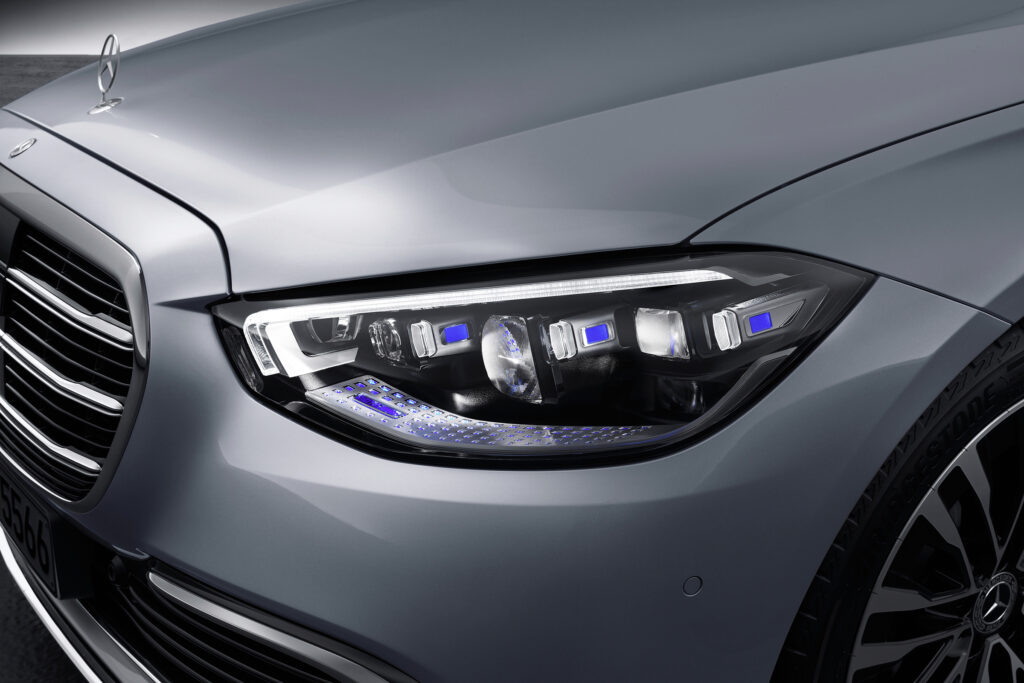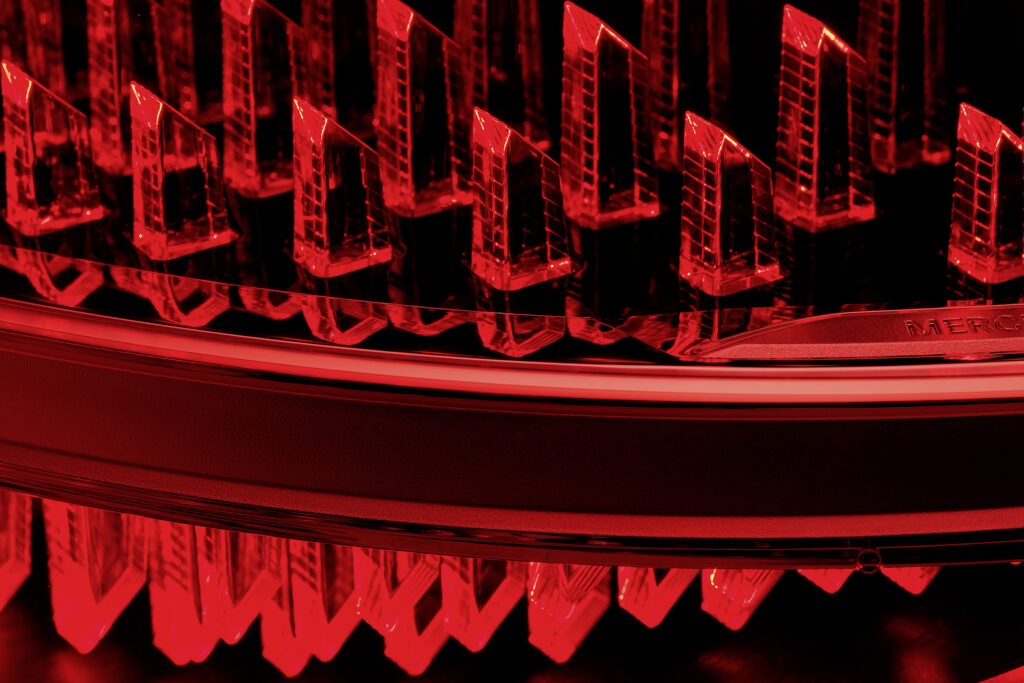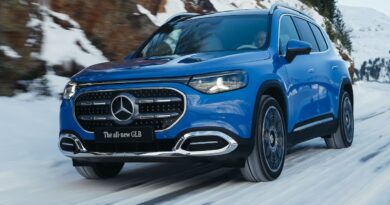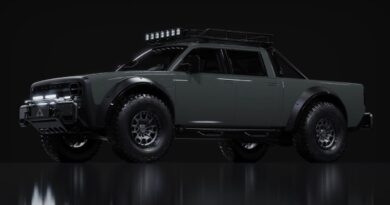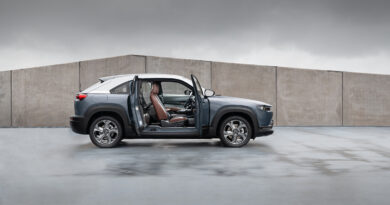S580e S-Class tops 100km EV range, AMG eyes 600kW with PHEV
Mercedes-Benz’s next generation S-Class large limousine will have a plug-in hybrid electric vehicle option that can travel 100km on electricity alone.
The all-new limousine also has inspiration from Tesla, including over-the-air software updates and retractable door handles.
While many details of the just-released S-Class have just been revealed, those surrounding its PHEV powertrain were curiously not included in the official press release, instead being leaked to selected media.
To be called the S580e, the new Mercedes-Benz S-Class PHEV will get a 28kWh battery pack with an electric motor sandwiched into the transmission.
Most of its combined 380kW output is produced by a 3.0-litre inline six-cylinder engine, which promises to slurp plenty of fuel when called on.
READ MORE: Mercedes-AMG’s EV strategy revealed: from axial flux motors AMG 63 pace
The all-new S-Class is due in Australia in Q2 2021 and the S580e PHEV model is expected later.
The impressive electric-only range – albeit with much less than the overall 380kW hybrid output – is about double the average PHEV range.
Want the latest EV news and reviews delivered directly to your inbox? Subscribe to our weekly newsletter!
The S580e S-Class PHEV is part of a technical armoury designed to cement the flagship Mercedes-Benz as an electric leader of the luxury segment as it increasingly embraces e-motor powertrains to meet more stringent emissions standards and boost performance.
The S-Class PHEV is part of a multi-pronged EV approach to the pinnacle of Mercedes-Benz luxury.
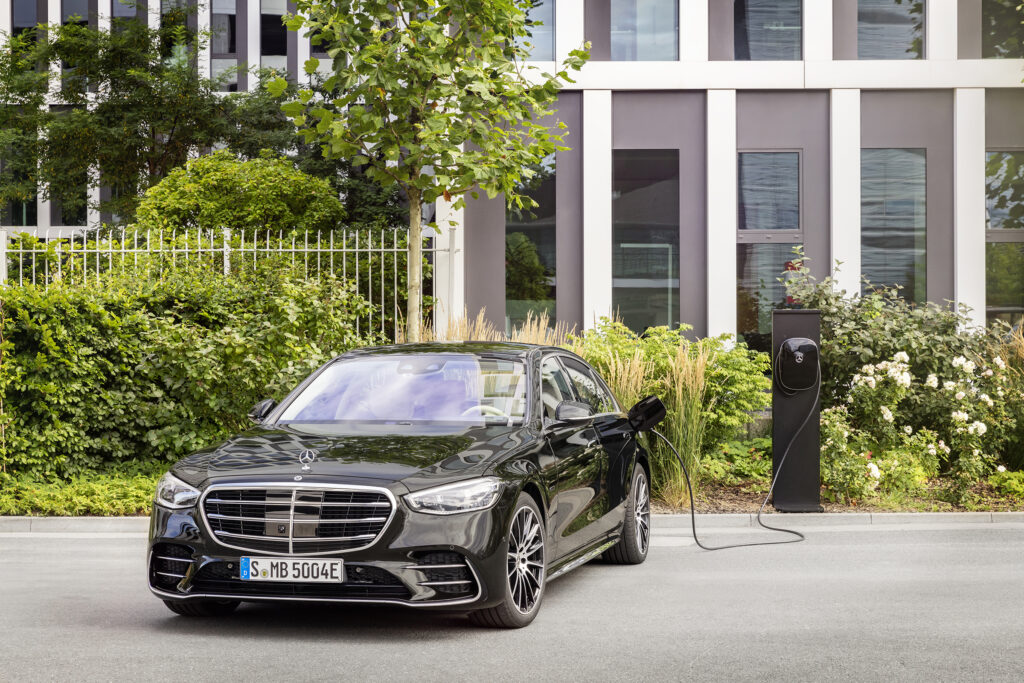
Whereas ICE versions of the S-Class use traditional names – including S450, S500 and S400d – the PHEV S-Class picks up an “e” (denoting electric) as part of its badge.
No matter the badge differentiation, the S-Class sedan family will share a modern, clean design that predictably evolves the traditional S-Class shape while providing more interior space.
S73 AMG PHEV to make 600kW
The PHEV focus of the S-Class is expected to pave the way for the first fully-fledged electrified models from Benz’s performance division AMG. It could debut in the S-Class range as early as 2022.
In 2018 Mercedes-Benz applied to trademark the name S73 in Australia (as well as G73 and GLS73, suggesting the same powertrain will be used in the G-Wagen and GLS large SUV).
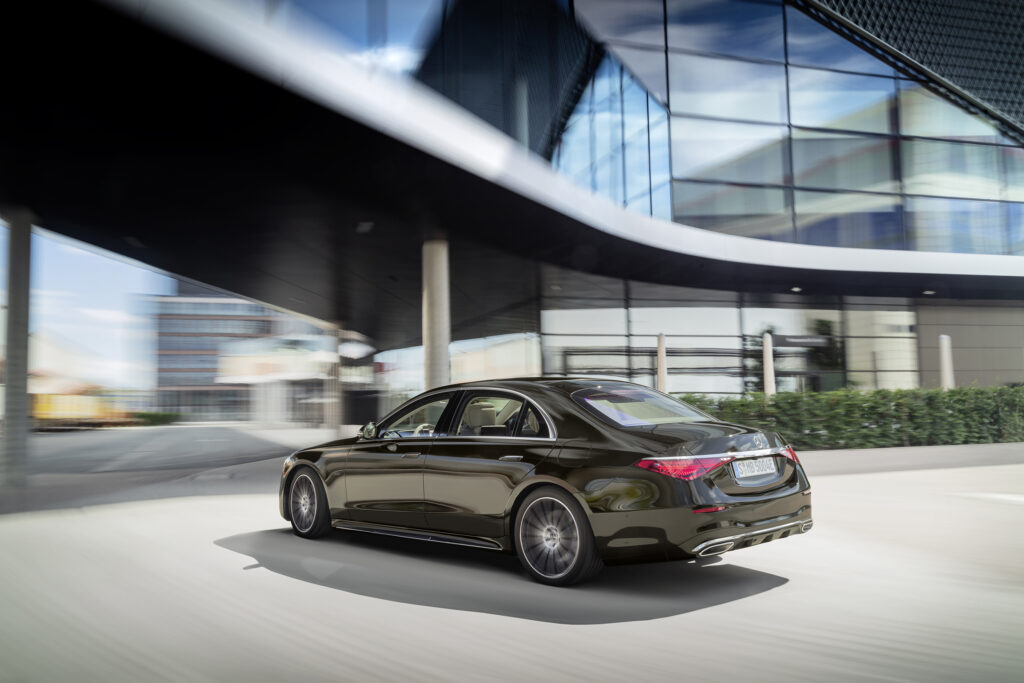
Whereas AMG’s “53” models employ mild hybrid tech with six-cylinder engines and the “63” models run with an orthodox V8 twin-turbo ICE, the upcoming “73” models are expected to blend a plug-in hybrid with the mighty 4.0-litre V8.
Power outputs are likely to hover around 600kW, making for one heck of an executive express.
The AMG PHEV will also be the most powerful S-Class ever created.
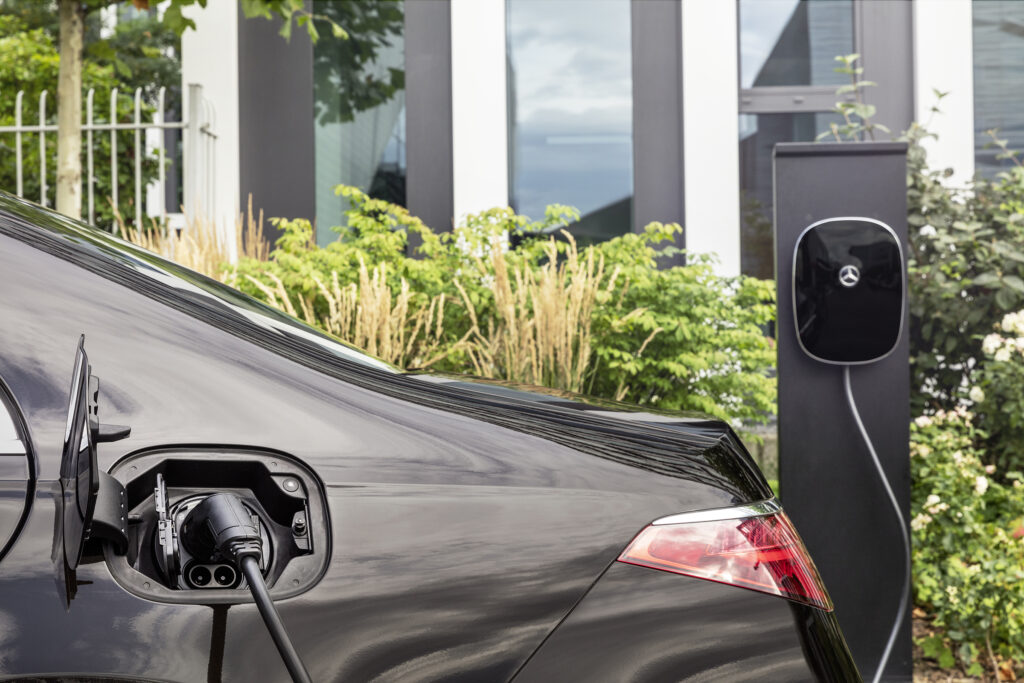
Initially, though, the seventh generation S-Class will rely on inline six-cylinder power, both in petrol and diesel flavours.
And the 580e, which gets an additional flap on the left-hand side for the charging port.
Tech overload for S-Class
Technical innovations are vast and varied. Some are substantial, while others are part of a long list designed to secure the S’s place as a tech leader within the Mercedes-Benz family.
As an idea of how much is going on, the press kit detailing the new S-Class runs to 75 pages. No, we don’t plan to bore you with every single detail.
Only the good bits…
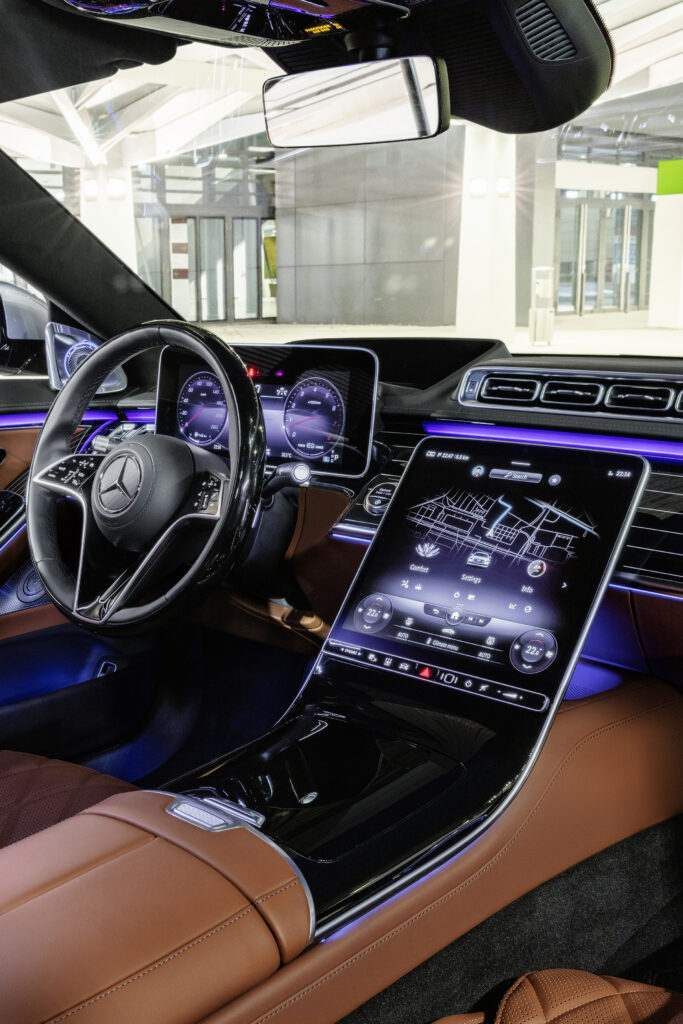
For example, a new head-up display is larger than ever and now incorporates augmented reality that tracks eye movements and allows symbols and directions to be placed virtually on the strip of road the driver is looking at.
There’s also a 3D display that also uses eye tracking to display more life-like images on one of the five screens available in a car that has wholeheartedly adopted the latest generation of connectivity and infotainment.
And for those who want more things done for them, the S-Class constantly monitors the driver’s head to automatically adjust functions and features. Look for something in the dark on the passenger seat, for example, and a light will flicker on to help with vision. Glance at one of the side mirrors and the car intuitively selects the controls for that mirror, meaning one less button push prior to adjustment.
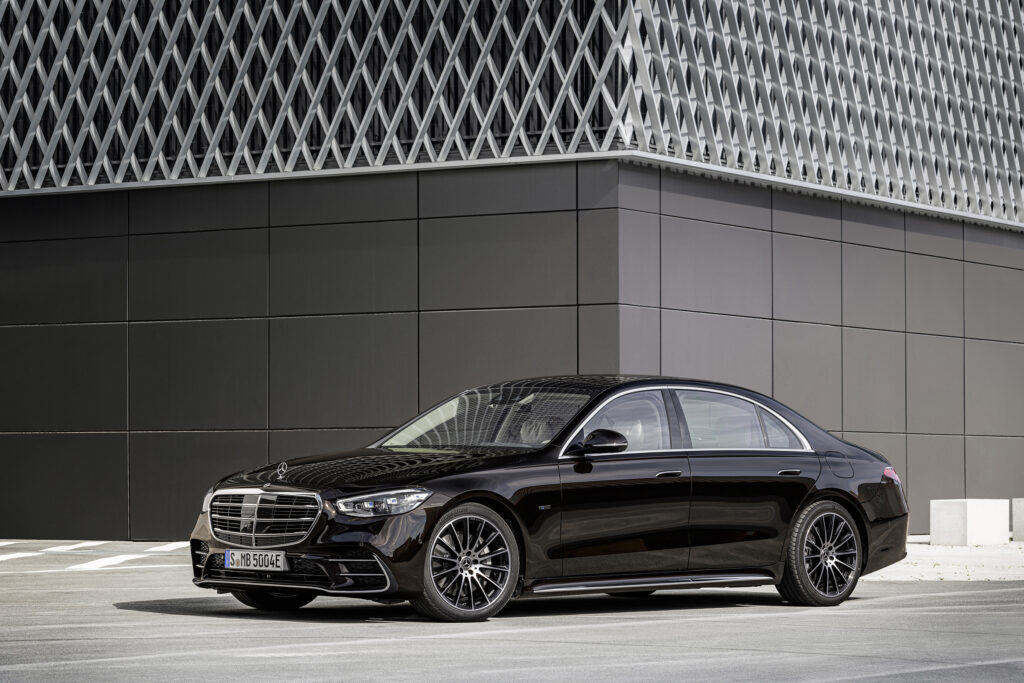
The sunroof can be opened with a wave of the hand. It’s all part of a customisable gesture control setup.
All of which raises the question of how many things may end up happening when the driver doesn’t necessarily want them to; cars pushing the tech boundaries occasionally stumble on the way through.
Listen up: tech time
No qualms with the sound system. Audiophiles will no doubt relish the new so-called 4D sound system. The optional system is produced by German audio specialist Burmester.
There are 31 speakers, including two surround sound speakers built into the roof, four speakers built into the front headrests and a subwoofer. There are also eight “exciters” that provide vibrations in time with the bass to allow owners to feel the sound and increase the feeling of the bass reproduction.
The core vehicle features have also been lathered with a wave of technology.
Opt for the ‘Digital Light’ headlights and there are 1.3 million micro mirrors to refract carefully-positioned LED beams precisely, using data gleaned from a continuous video feed sent to the lights.
The system can also project warning symbols and alerts directly onto the road surface, providing further alerts for the driver; they include roadworks and traffic light warnings.
The lights are also linked to the topographical map data of the navigation system, adjusting the beams on hills so that they’re providing the best vision of the road ahead and reducing the chances of dazzling oncoming drivers.
All of which indicates the level of engineering housed within Benz’s tech leader – and the level of electronics and computing power required to keep the car operating.
Computing power has jumped 50 per cent compared with the previous S-Class, with a memory bandwidth of 41,790MBps (almost 42GBps).
Many of the infotainment and some drive functions can also be updated for the first time using over-the-air (OTA) software updates, as pioneered by Tesla.
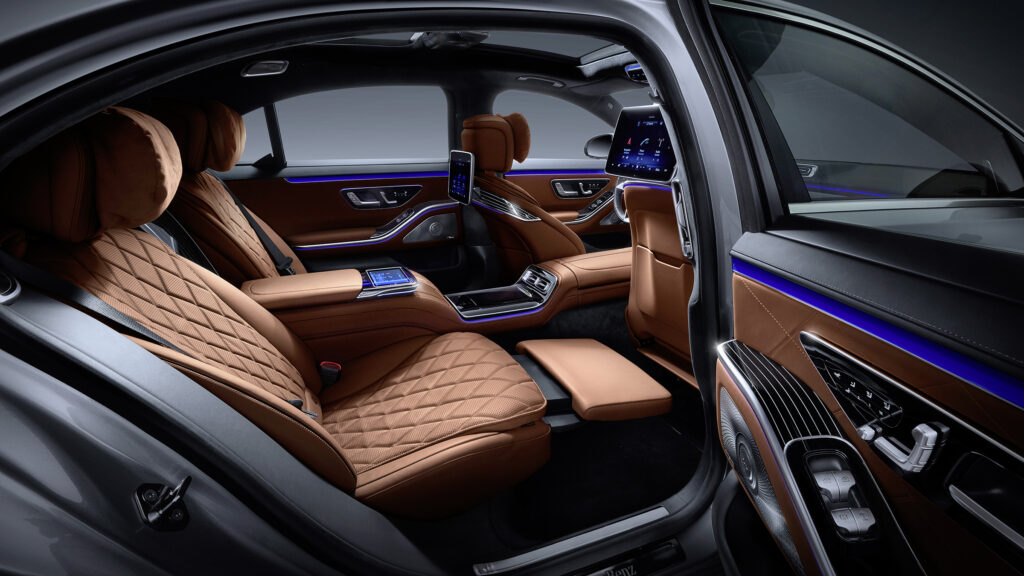
There’s also no shortage of electric motors controlling various functions and features. There are four motors for the Drive Pilot steering system, up to 19 motors in each front seat (some managing vibrating functions) and up to 20 for the ventilation system. Windscreen wipers, door locks, headlights and adjusting mirrors all require e-motors too.
The S-Class also has five radar sensors, five cameras and 12 ultrasonic sensors as well as a lidar (laser radar) sensor.
Airbag overload for new S-Class
The S-Class is also the first car to get forward facing airbags for those in the back seats of the long wheelbase models. Those LWB S-Classes add 110mm between the front and rear wheels, translating directly to additional rear legroom.
Centre side airbags in the front seats – set to become more common on everything from Toyotas to Volvos – are also used to separate the heads of those up front in a side impact.
Hands-free (partly) … in Germany
The lidar sensor plays a part in the advanced active safety and driver assistance systems of the S-Class, as well as a key role in the optional ‘Drive Pilot’ system that delivers level three autonomous functionality.
It’s a step up on the level two systems now commonplace on new cars, including Teslas (which, incidentally, promised full level five autonomy by 2017…).
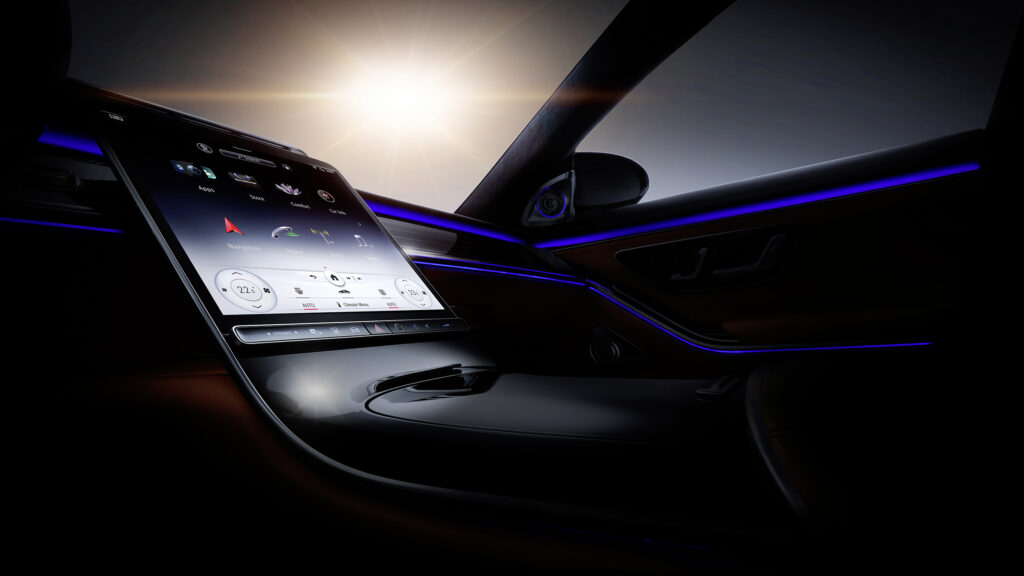
But there’s a big catch. Drive Pilot will only work sometimes and only on certain sections of road in Germany.
In other words, the most innovative and technologically advanced car from one of the world’s most innovative car makers is nowhere near offering driverless functionality.
It’s another indication that car makers such as Benz have realised the challenges of autonomous driving means big delays in bringing the tech to market; for the past couple of years Merc has been delicately walking back from its ambitious claims of having driverless cars on the road by 2020.
Electric S-Class (sort of) coming
Rather than stuffing electric motors and batteries into the regular S-Class architecture – as it has done with the Mercedes-Benz EQC SUV – Mercedes-Benz has alternative plans for a fully electric limousine.
Those plans have been telegraphed with the Vision EQS concept, set to become a reality in 2021 as a production vehicle, albeit with the showy styling and fancy lighting toned down for showrooms.
Mercedes-Benz has already confirmed the EQS will have a WLTP driving range of 700km as a flagship to the brand’s limo lineup.
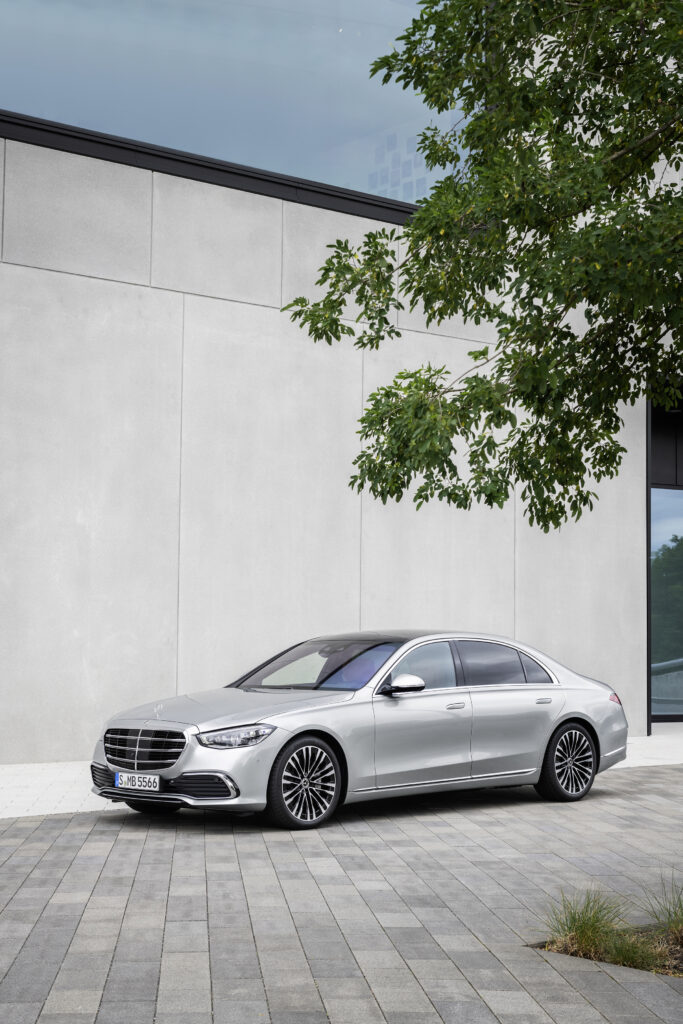
Limousines are a popular target for electrification, in part because their hefty price tags make it easier to conceal the cost of the electric componentry, but also because the refinement and performance works perfectly for how the cars are used.
Jaguar has confirmed its next XJ will be exclusively battery powered and BMW is working on an electric version of its 7-Series.
Each will provide stiff competition – including more space and luxury – to Tesla, which has so far dominated the premium EV space.
Editor’s note: An earlier version of this story suggested Mercedes-Benz had not released details on the S580e plug-in hybrid. It turns out they just didn’t release those details to many media, including those in Australia. We have updated the article to reflect the additional details released in Europe.

